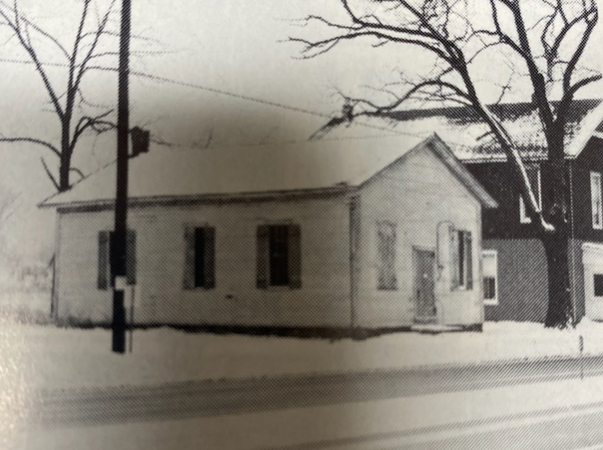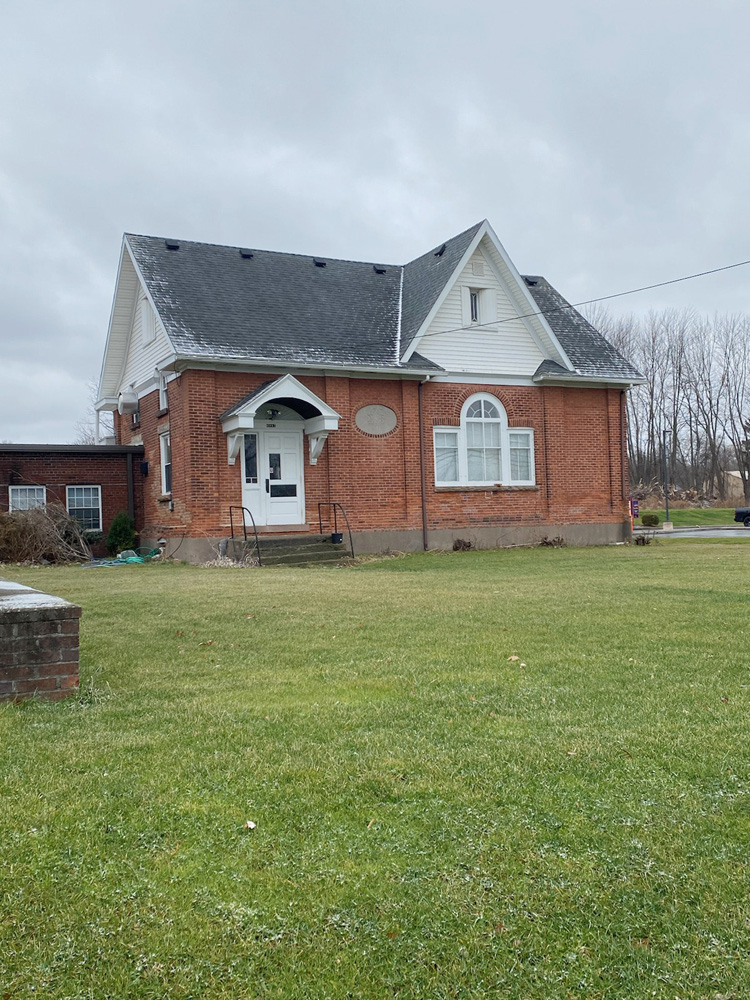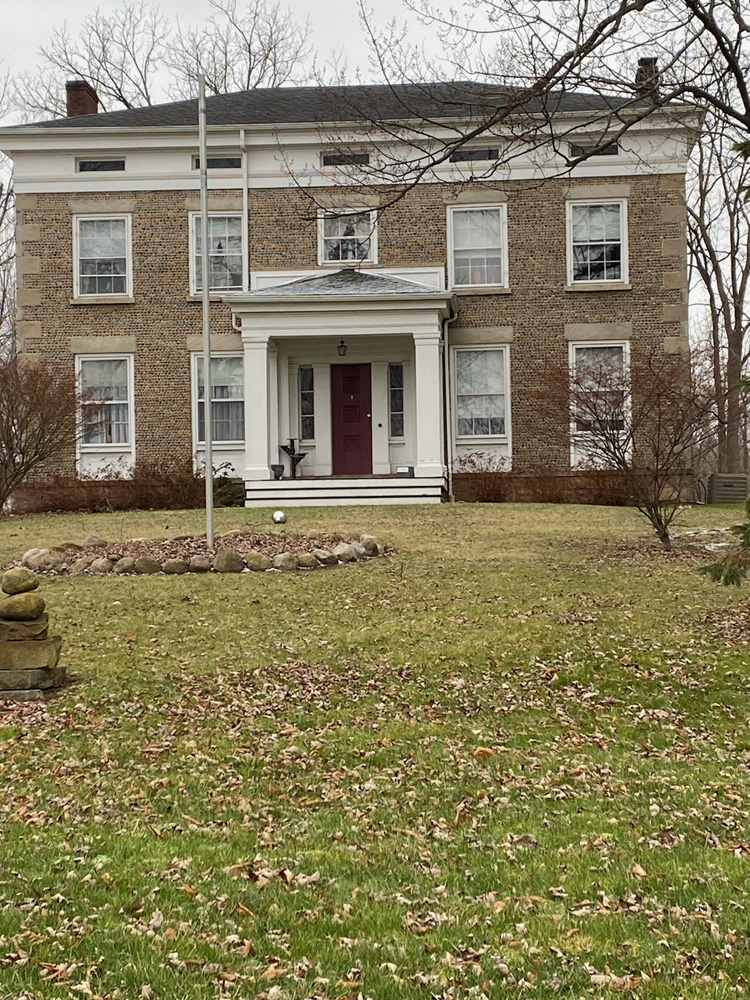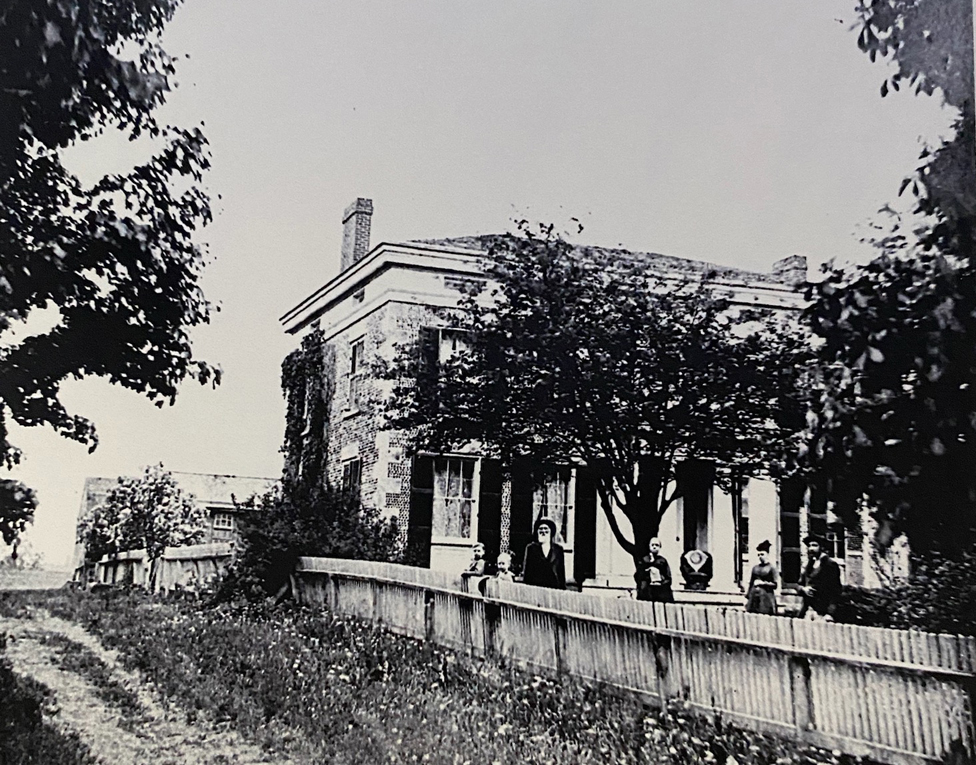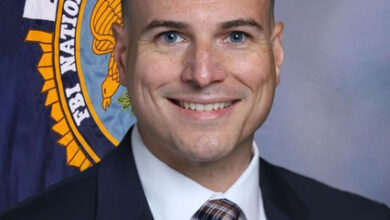The History of Parma Corners Part 2
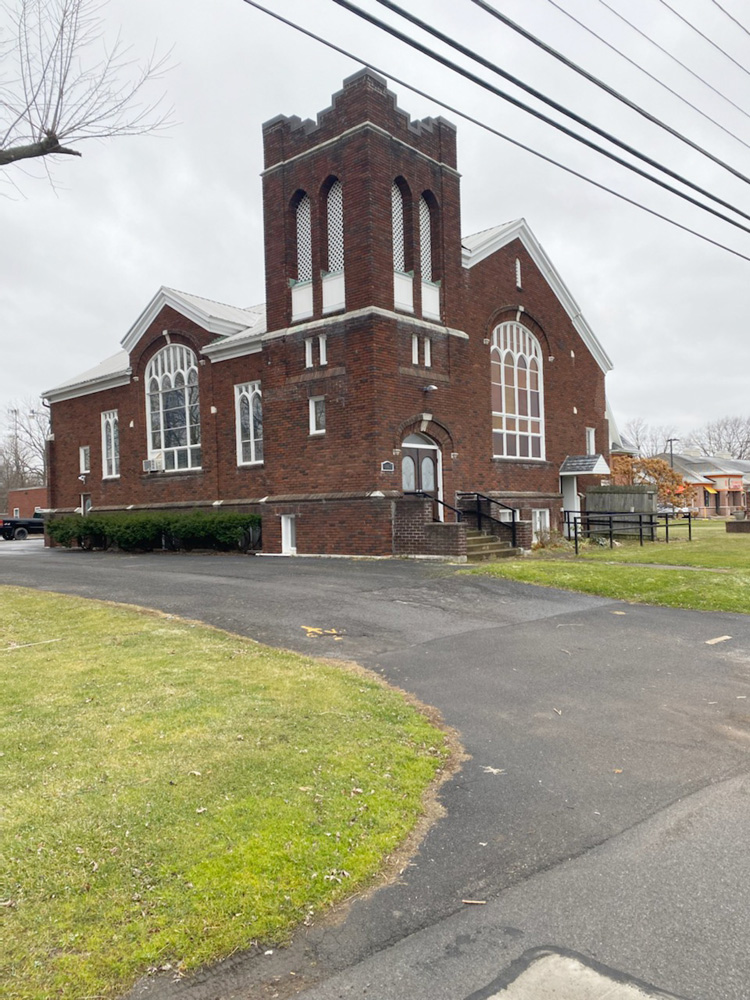
by David Crumb, Parma-Hilton Historian
The ancient Ridge, a prominent rise of ground that follows Lake Ontario from Lewiston on the west end to the east end of the lake, was once its shoreline before the great glaciers of the ice age were completely melted. The much larger lake, known as Lake Iroquois, once covered all the land to what is called the Big Ridge (or now Route 31) also going east and west. As the years went by and the ice melted, the lakeshore gradually receded to Ridge Road and then to where it exists today, some eight miles to the north.
When the first settlers arrived in the area, they found a well-worn Seneca Indian trail going all the way from the Genesee River to the Niagara River at Lewiston. The land north of the Ridge was dense forest and marshland and was not favorable for travel, but Hilton Parma Corners Road was once the Seneca trail called the Canawagus Trail. It ran from the native village of Canawagus north to Lake Ontario at Hilton Beach. The intersection may have also been an important crossroads for the Native Americans in earlier times.
Prior to the War of 1812, the Ridge developed as a commercial highway to assist incoming settlers from the east. There was a rush to improve the road in 1812 to facilitate American soldiers marching to the Canadian front during those war years. When the Erie Canal opened in 1825, most commercial businesses using the Ridge Road opted to shift a few miles south and utilize the much more efficient canal.
A few hundred yards east of Bacon’s Grill (see part 1 of this series) stood the old Parma Corners school. Originally built in 1810 as Parma District No. 3, the old wooden schoolhouse was later enclosed with brick walls. The school was discontinued in 1949 when New York’s district schools were centralized. The Parma Corners students were then bussed to Spencerport. The old school was acquired by the Second Parma Baptist Church next door. The school was later connected to the church by an enclosed brick walkway and used for Sunday school classes and meeting space.
Parma’s Second Baptist Church was organized on January 10, 1832, in the schoolhouse just noted above. The original Baptist Church building at Parma Corners was built in 1837, east of the school. It burned in 1905 and was replaced in the same location by the brick building still standing today. The Second Baptist Church of Parma Corners was deconsecrated in 2015, and the building was sold to another church denomination. Some familiar names of old Parma Corners families associated with this church were Lankton, Palmer, Webster, Barringer, and Adams.
Just east of the Baptist Church was a small wooden plank building with plank shutters known as the Parma Lyceum. It was built in 1858 to be used for educational meetings and public events. Between the Lyceum and the Baptist Church was the two-story Oddfellows Hall, built in 1875 and later used for an apartment house prior to its’ demolition in the 1960s. The Lyceum was also torn down, and the land where these buildings stood was deeded back to the Town of Parma.
Further east on the south side of the Ridge stands one of the finest examples of cobblestone architecture in the area and perhaps even between the Genesee River and the Niagara River. It is known as the Thrall-Lavigne home. Built in a classic Greek Revival style, the stately home sits on a knoll back from the road giving a commanding appearance to passersby. The date 1845 is inscribed on the back of the house. The only cobblestone smokehouse known in the area is located just east of the back door of the house.
Photos from the
Parma-Hilton Historian’s Office
Click Here for History of Parma Corners Part 1
Click Here for History of Parma Corners Part 3
